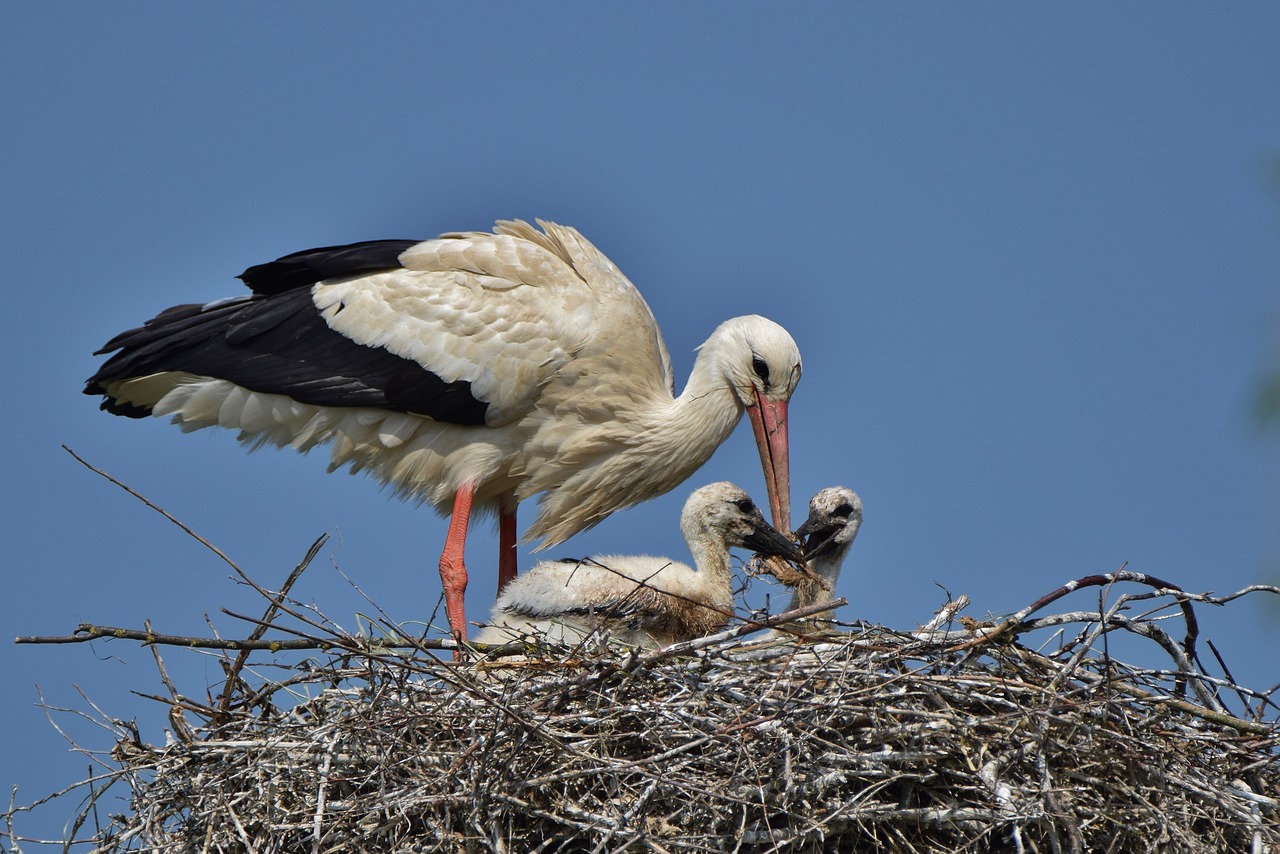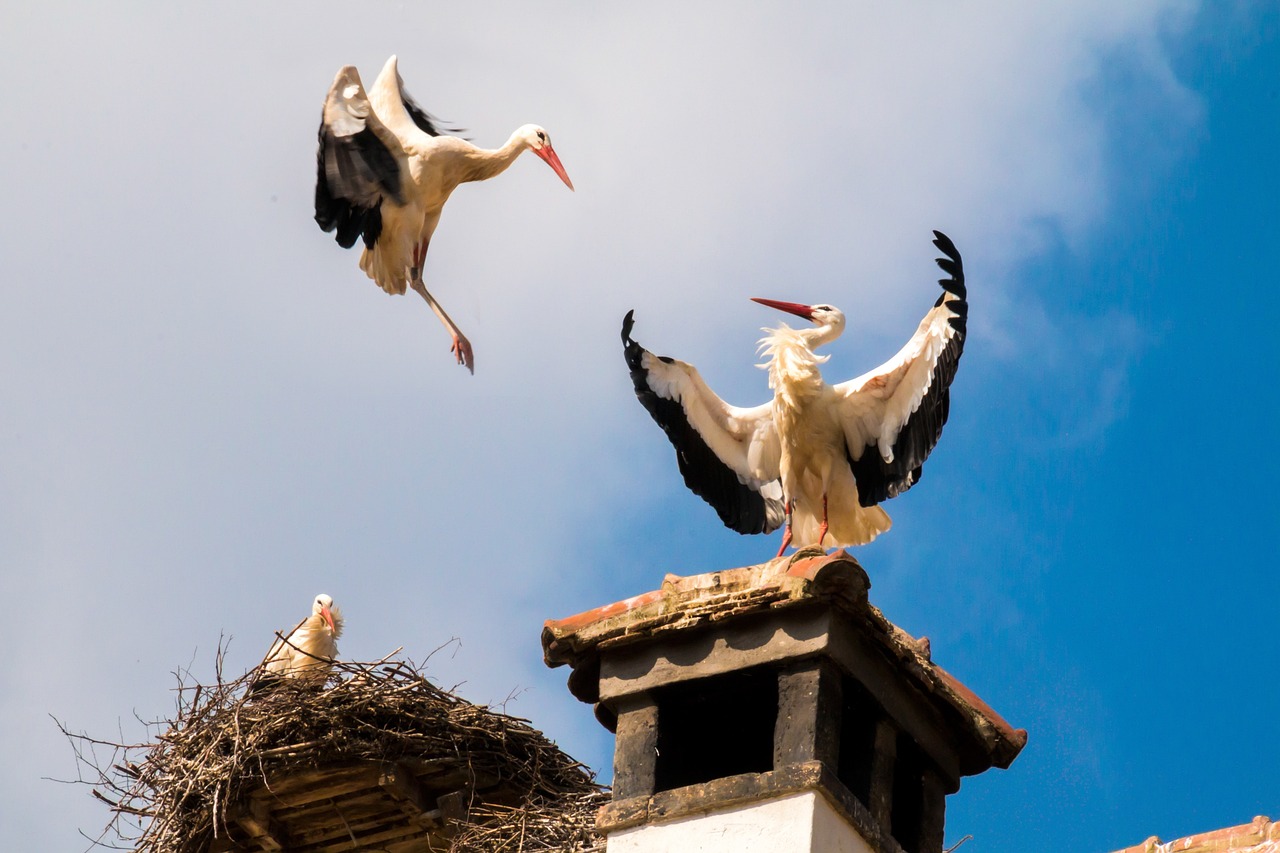
Two interactive exhibitions in the Shepherd Museum have been renewed, and a new feature has been added to the Visitor Center.Continue reading

Based on the latest preliminary results of the international white stork population survey conducted every ten years by the German Nature and Biodiversity Conservation Union (NABU), the global white stork population is estimated at 330,000 pairs. This is more than double the 135,000 pairs counted in 1984, and represents a 20 percent increase compared to the 265,000–280,000 pairs recorded ten years ago. More good news is that in Hungary, the population has been gradually increasing since the low point of 2019–2020, the Hungarian Ornithological and Nature Conservation Society (MME) reported on Wednesday.
The western population migrating via Gibraltar and the eastern population migrating via the Bosporus “have taken different paths:” the former had collapsed by the 20th century and barely exceeded 10,000 pairs in 1984, but it has now increased sevenfold, the nature conservation society noted. The main reason is that most of these birds no longer migrate to Africa for the winter but spend it mainly on the Iberian Peninsula. There, they mainly feed on food waste from landfills and on an American crayfish species that has proliferated in irrigation canals.
They added that due to geographical reasons, eastern migrators still typically overwinter in Africa, resulting in a higher mortality rate among juveniles. However, their feeding habitats on the breeding grounds are in better condition than those in Western Europe, improving chick-rearing success. The size of the Central European core population is currently estimated at around 160,000 pairs, compared to nearly 90,000 in 1984, reads the press release. They also pointed out that data from Poland — which harbors a population of several tens of thousands — are not yet available, so the final global figures may still change.

Photo: Pixabay
In Hungary, the population hit a low point in 2019 and 2020, with only about 4,000–4,200 breeding pairs.
However, due to gradual growth, the national population reached 5,250 pairs again last year.
According to data collected by over 600 surveyors, the average number of chicks per nest has remained around 2.5 over the past decade — despite periods of drought — sufficient for long-term population stability.

A stork, recovered from its injury and marked with a loosely attached ribbon in national colors, is released at the Hortobágy Bird Park this March. Photo: MTI/Czeglédi Zsolt
The growth in Hungary is encouraging and gives reason for optimism, but the survey’s coordinator, Péter Lovászi, head of MME’s monitoring and research department, warns that fluctuations in population size have always been typical. Moreover, climate change and the loss of wetland habitats could have unknown effects on the stork population, hence one good year should not lead to far-reaching conclusions.
Experts say that increasingly warm springs and early summers are favorable in that fewer chicks die from cold. However, dry weather reduces the availability of key food sources, particularly earthworms, certain insects, and frogs.
This situation needs continuous monitoring, as well as efforts must continue to protect the nests — 90 percent of which are on utility poles — from collapsing by installing nest supports. In addition, making medium-voltage utility poles safer to avoid electrocution must also remain a priority, they emphasized.
They also highlighted that among MME’s key activities is the protection of feeding habitats — for instance, through promoting bird-friendly land use and farming practices among agricultural producers, and participating in actions aimed at preserving shallow wetland areas.
Via MTI, Featured image: Pixabay